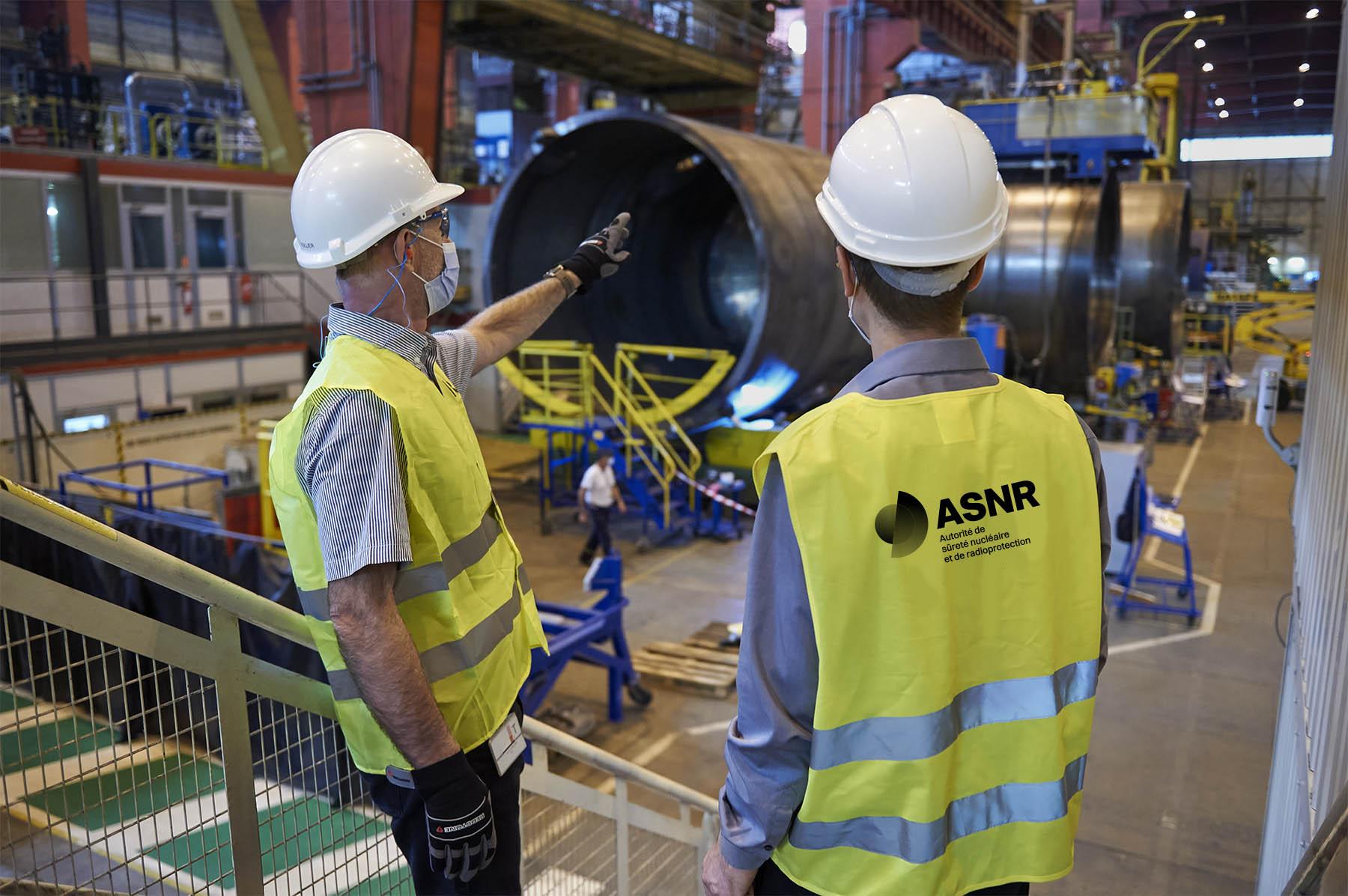Oversight
ASNR employs a number of levers to conduct its oversight, which it uses in a complementary manner and adapts to each situation: the regulatory framework, individual decisions specific to a particular facility, inspections and, if necessary, coercive action. These actions all have the same objective: to control the risks of nuclear activities in order to protect people and the environment.
ASNR oversight is based on in-depth technical dialog with managers responsible for the activity, including in terms of organization. It takes into account all aspects of personal and environmental protection, through an integrated approach.
The primary aim of this oversight is to ensure that those responsible for the activity effectively fulfill their obligations. ASNR is responsible for defining the architecture of the oversight system, for implementing it and for making any necessary changes on a regular basis, in the light of advances in research and developments observed in the field or in the state of the art.
It has a duty to strive for greater efficiency and to focus its oversight on those actions most beneficial in terms of protecting people and the environment. Oversight is proportionate to the issues and risks involved, which vary according to the activities concerned.
The ASNR is responsible for identifying and regularly reassessing its oversight priorities, drawing on its skills and knowledge of the field, gained in particular through its inspections, as well as from the lessons it learns, along with other players including activity managers, from errors, shortcomings, incidents, and accidents. Issues are defined in terms of the intrinsic risks posed by activities to people and the environment, as well as the behavior of activity managers and the resources they deploy to control them. The legitimacy and credibility of our oversight activities depend on the consistency with which they are carried out, as well as on the quality and effectiveness of our exchanges with experts and researchers, rather than on the uniform nature of our work.
ASNR uses a number of levers to conduct its oversight, which are known to activity managers:
- General regulations: when drafting regulations, ASNR must take into account feedback from the application of previous regulations and standards, as well as its knowledge of regulatory, technical, and scientific practices in other fields or at European and international level.
- A regulatory framework that also applies to individual cases. Individual decisions issued by ASNR, including its authorization decisions, are the result of a technical appraisal adapted to the issues at stake, piloted and conducted by its departments. It may adopt individual requirements, in particular to enforce essential requirements specific to the facility or activity, or to impose provisions in the event of disagreement with the manager in charge of the activity.
- ASNR opinions and guides explain the regulatory objectives and describe any practices deemed satisfactory. Lastly, the purpose of an inspection is to verify compliance with the regulatory requirements. It also aims to assess the situation with regard to nuclear safety and radiation protection issues, identifying good practices and those that could be improved, and weighing how the situation may evolve. Inspection outcomes are defined in line with these objectives. ASNR inspections may be supplemented by remote inspections or delegated to third-party organizations.
Lastly, as the protection of people and the environment depends in particular on the timely implementation of corrective action to remedy non-conformities identified during inspections, or following an incident or accident, ASNR may apply appropriate means of enforcement to ensure compliance with the regulations.

